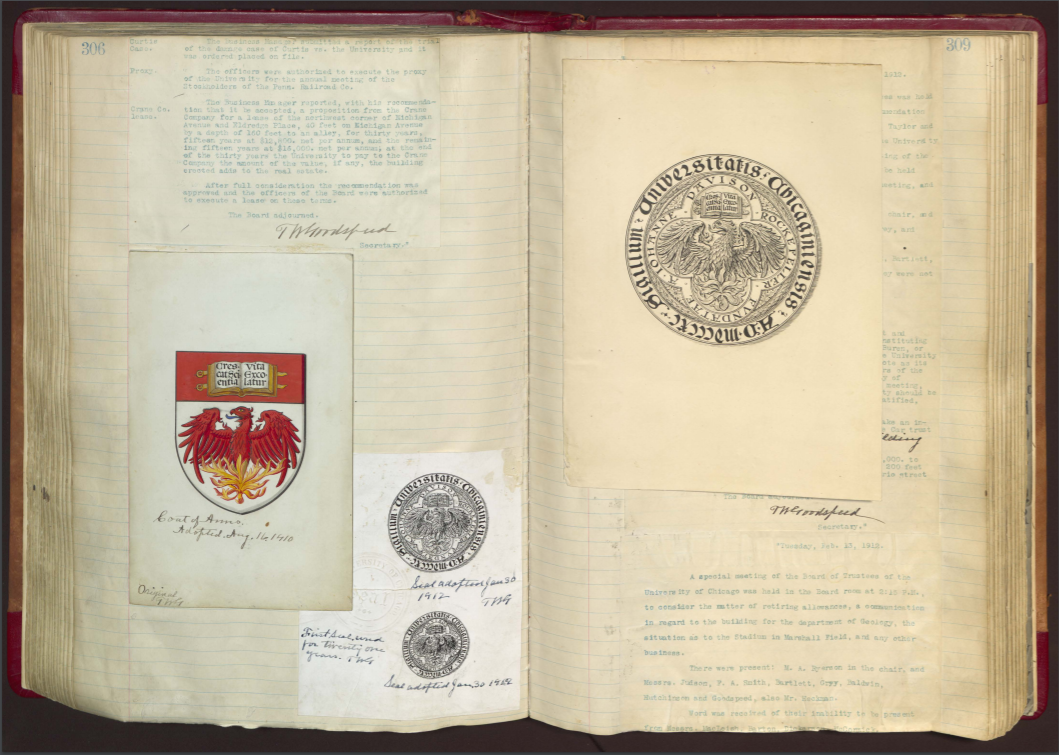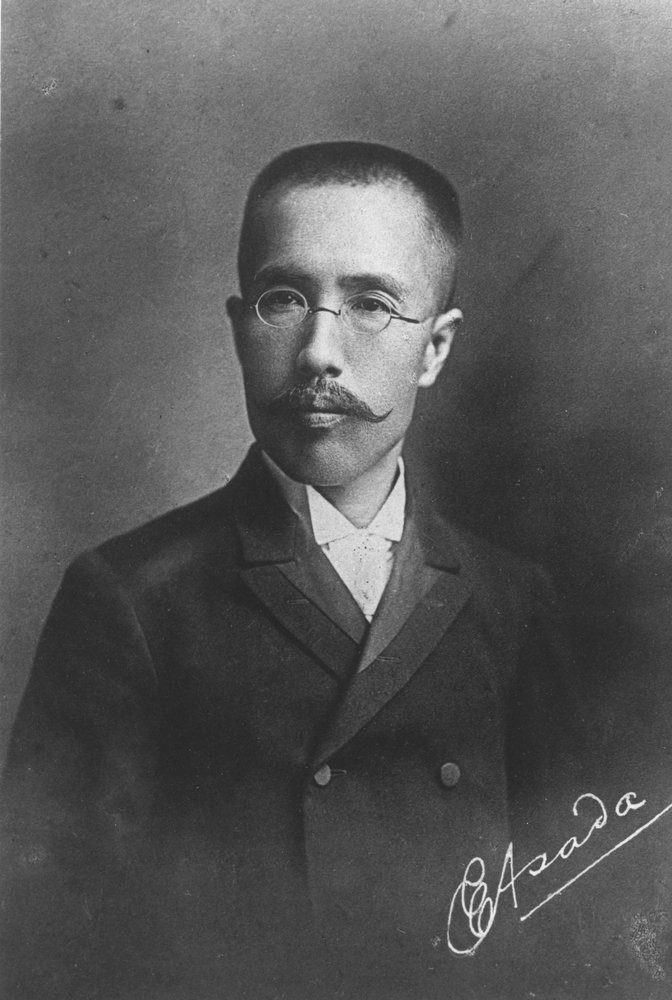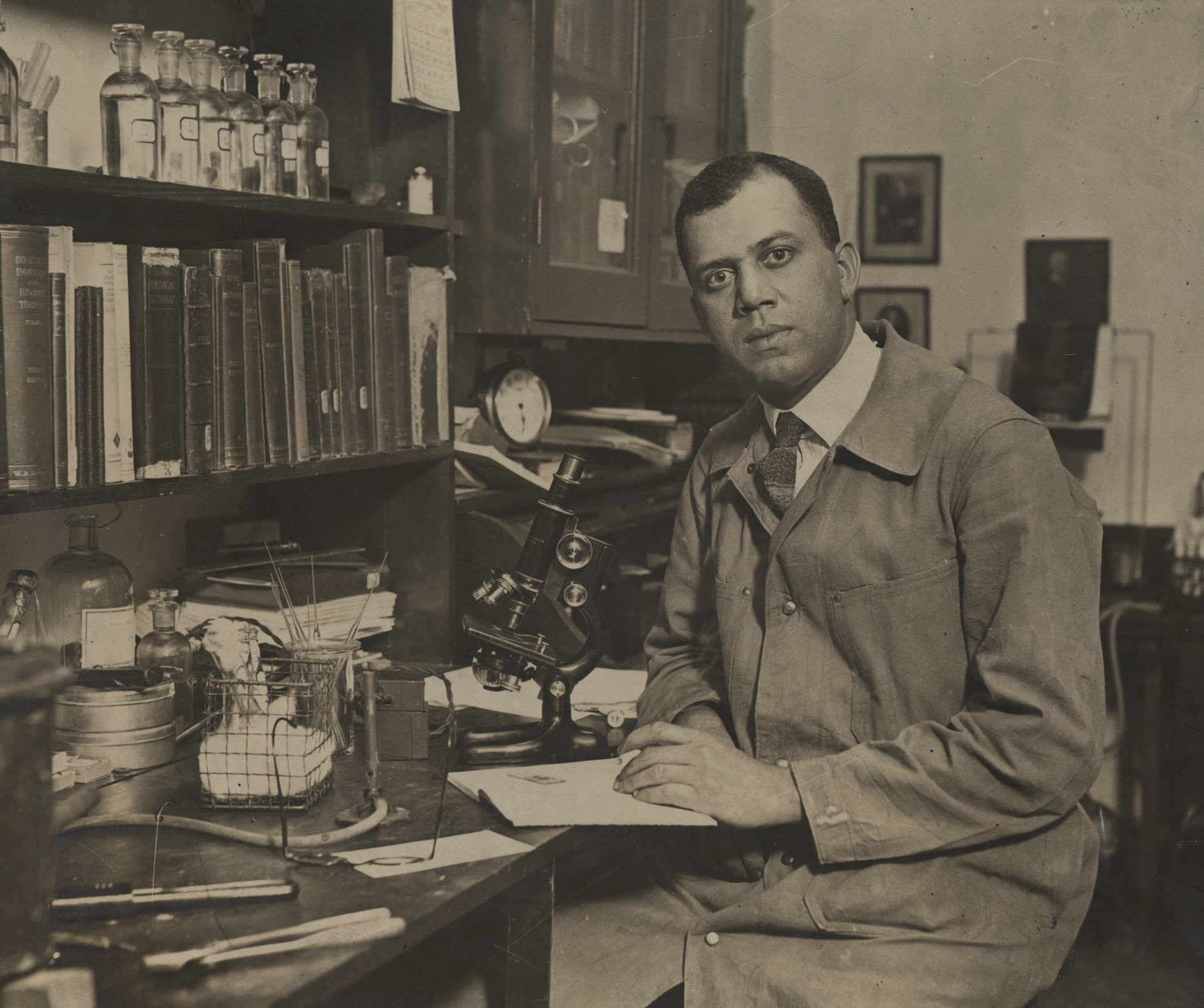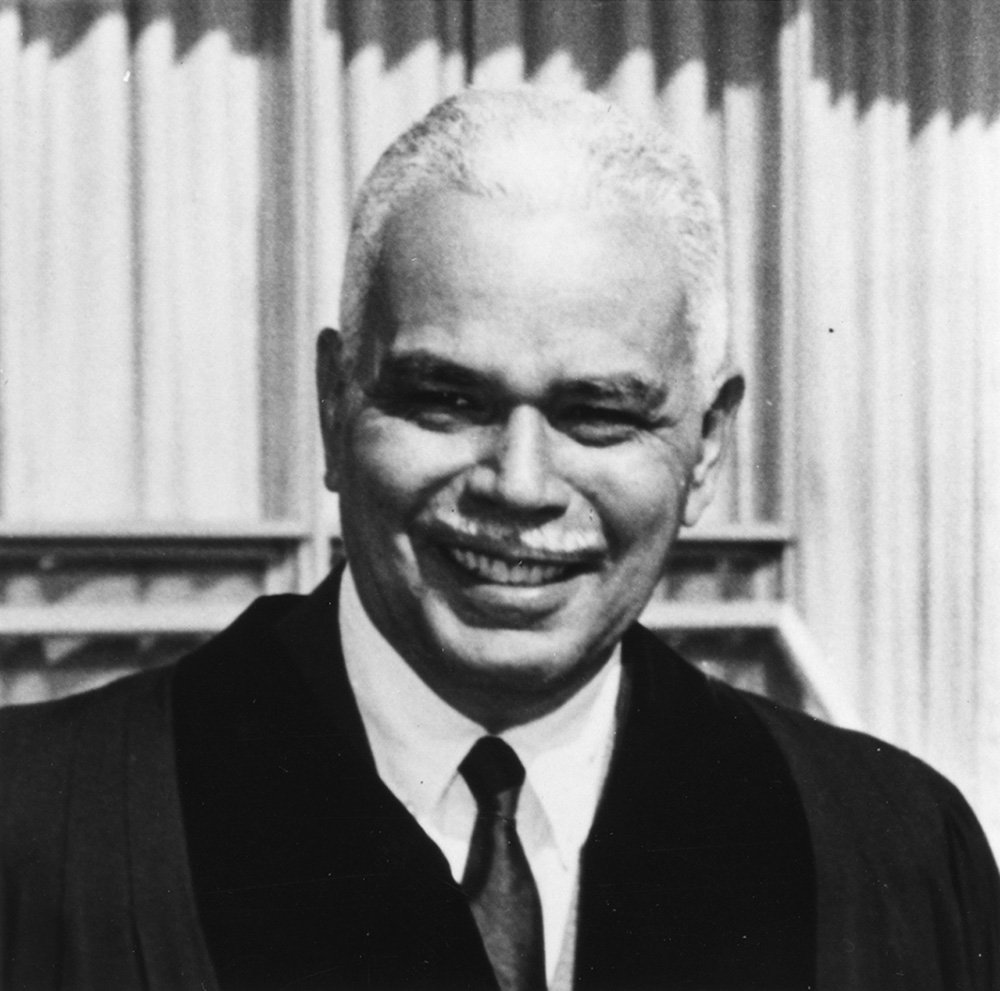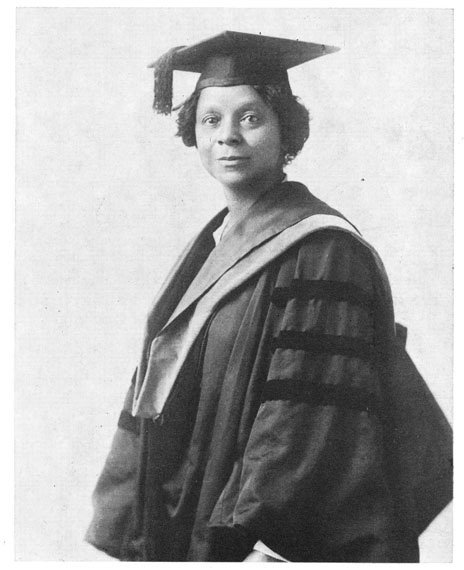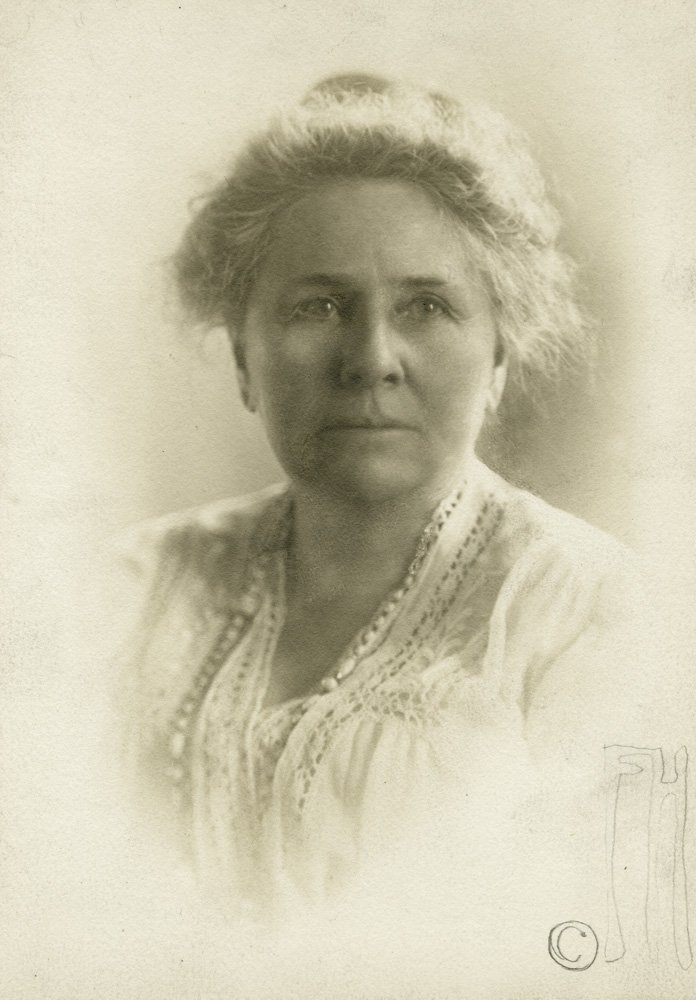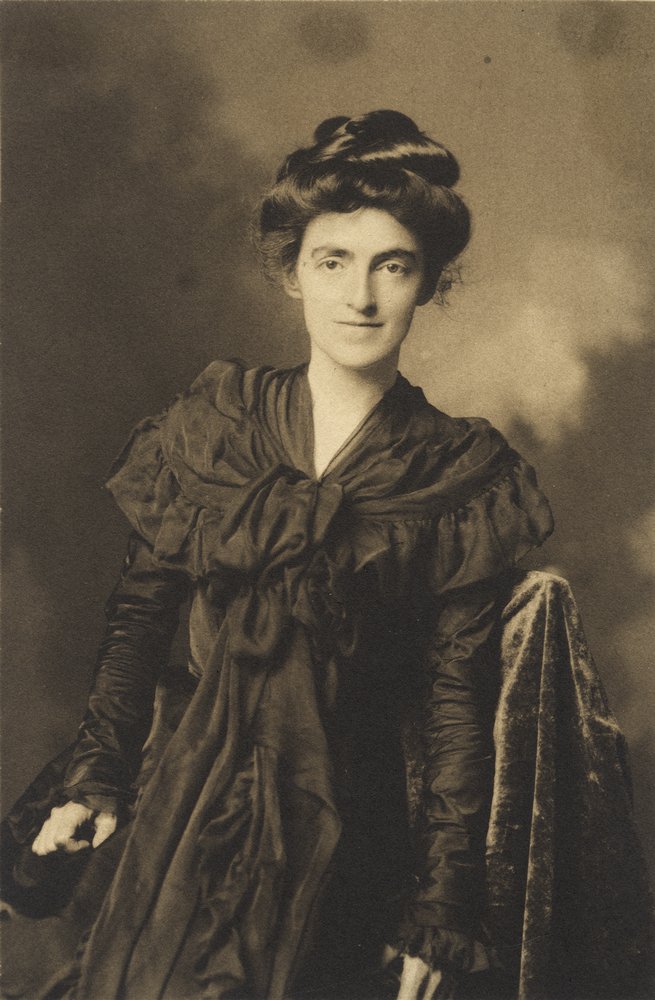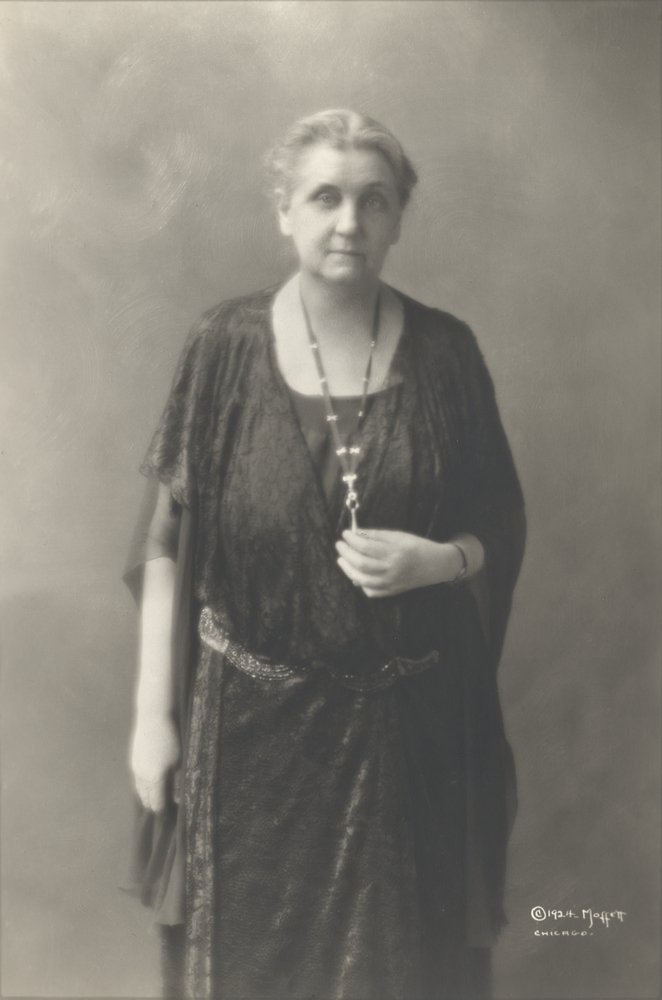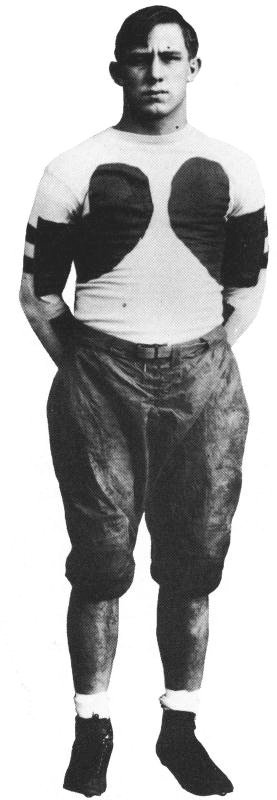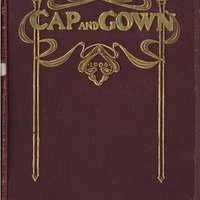
Frequently asked questions about UChicago history
Questions
Frequently asked questions about University of Chicago history are arranged below by category. Click a question to scroll down the page to the answer.
Symbols
When was the University Coat of Arms adopted?
When was the University Seal adopted?
Does the University of Chicago have an official tartan?
Who created the University motto?
When was maroon adopted as the school color?
Firsts
Who received the first PhD from the University of Chicago?
Who was the first tenured African American faculty member at the University of Chicago?
Who was the first African American to receive a master’s degree from the University of Chicago?
Who was the first African American to receive a PhD from the University of Chicago?
Who was the first African American woman to receive a PhD from the University of Chicago?
Who was the first woman to receive a PhD from the University of Chicago?
Who was the first woman to receive a law degree from the University of Chicago?
Who were the first two women to receive an honorary doctorate from the University of Chicago?
Who was the first winner of the Heisman Trophy?
Students
Faculty
Who emigrated from Europe between 1930 and 1950 and joined the faculty at the University of Chicago?
Administration
Who has served as President of the University of Chicago and when?
Who has served as Provost of the University of Chicago and when?
Answers
Symbols
When was the University Coat of Arms adopted?
The University of Chicago Coat of Arms was adopted by the Board of Trustees on August 16, 1910. The need for the University to have its own coat of arms was made evident during the process of designing the decoration of Harper Memorial Library, which was to feature the coats of arms of historic universities in Europe and America. The design of the University’s Coat of Arms was created by Pierre de Chaignon la Rose, a former member of the English faculty of Harvard University and a noted heraldic specialist in Boston. Chaignon la Rose also did work on architectural decoration for the firm of Shepley, Rutan & Coolidge, the Boston firm that designed Harper Memorial Library. The original colored drawing of the University Coat of Arms (and University Seal, too) are in Vol. 7 of the Board of Trustees minutes, pasted in on p. 306 and the facing p. 309.
When was the University Seal adopted?
The Seal of the University of Chicago was adopted by the Board of Trustees on January 30, 1912. According to A History of the University of Chicago (1916) by Thomas Wakefield Goodspeed, one of the first actions of the Board of Trustees in 1890 was to appoint a committee to report on a suitable seal. Pending the adoption of a design, a temporary seal was made, in the center of which was the word “Seal,” and around the border the name of the University. This temporary device served for twenty-one years before a permanent seal was devised. The phoenix was its central feature, and above it, as in the University Coat of Arms, an open book presenting the University Motto. Around the outer edge was this inscription: “Sigillum Universitatis Chicaginiensis A.D. MDCCCXC,” [“Seal of the University of Chicago A.D. 1890”] and inside this inscription another: “A Johanne Davison Rockefeller Fundatae” [Founded by John Davison Rockefeller]. The Seal was designed by the Boston firm of John Evans & Co., architectural sculptors for Shepley, Rutan & Coolidge of Boston, the firm then serving as the architects for the University of Chicago. The original drawing of the University Seal is in Vol. 7 of the Board of Trustees minutes, pasted in on p. 306.
University of Chicago. Board of Trustees. Minutes, 1909-1913, Hanna Holborn Gray Special Collections Research Center, University of Chicago Library.
The original drawings of the University Coat of Arms and the University Seal are in Vol. 7 of the Board of Trustees minutes, pasted in on p. 306 and p. 309.
Does the University of Chicago have an official tartan?
The University of Chicago created an official tartan in preparation for the celebration of its Centennial in 1991-1992. The University of Chicago Tartan recalled the Scottish heritage of the University’s first president, William Rainey Harper. It was designed by Blair C. Macnaughton of Macnaughtons of Pitlochry and is now woven by the House of Edgar, Perth.
Who created the University motto?
Thomas W. Goodspeed’s History of the University of Chicago (1916) states that Professor of Greek Paul Shorey created the University Motto. Shorey remembered a phrase in Tennyson’s In Memoriam: “Let knowledge grow from more to more.” He translated this into Latin as “Scientia crescat.” Shorey found the second part of the motto in the sixth book of the Aeneid where Virgil sees “in the happy fields those who on earth enriched or adorned human life.” The Latin in this passage actually reads “qui vitam excoluere per artes” which might be taken to mean life enriched through skills/inventions. From this Shorey derived the final version of the motto, "Crescat scientia, vita excolatur." This motto was adopted by the Board on January 17, 1911, and the text of the motto was added to the pages of the open book represented on the University Coat of Arms.
When was maroon adopted as the school color?
When the University was founded the proposed school color had been orange and gray, but a committee formed to come up with the color scheme dropped the gray before it was presented to campus. Unofficially, golden yellow had been chosen, due to an abundance of the goldenrod flower in the area, before the committee had made its choice. Orange proved to be a problem since Syracuse University, founded in 1890, had already chosen orange as its school color.
Committee conversations about a color for the university continued. Green and red were suggested at one time (a personal favorite of athletics director Amos A. Stagg) as was the color scarlet. Scarlet, as was written in an editorial of the student paper The Weekly, “is the color of the gay and beautiful, that shows the richest on the field, best on women’s dress or in flags and ribbons or in the suits of the players, the color that is most brilliant in decoration.” Others saw the color scarlet as a shade considered a warm color that had a reputation for inciting anger.
In spring 1894, after correspondence with Harvard, Illinois, Wisconsin and others to avoid conflict with their colors, recommendations were made to adopt the color maroon. Debates on campus and meetings of dissatisfied students began, some voting for scarlet others maroon. By the summer 1894 the color maroon had officially been adopted and students were seen wearing the new shade.
Firsts
Who received the first PhD from the University of Chicago?
Japanese scholar Eiji Asada received the first doctoral degree awarded by the University during the convocation ceremony held on June 26, 1893. A student of President William Rainey Harper in the Department of Semitic Languages and Literatures, Asada completed a dissertation titled "The Hebrew Text of Zechariah 1-8, Compared with the Different Ancient Versions." After returning to Japan, Asada taught at the Tokyo University of Foreign Studies and co-edited the first English textbook reader used in Japanese public schools.
Who was the first tenured African American faculty member at the University of Chicago?
In 1922, Dr. Julian H. Lewis was promoted to the tenured position of Associate Professor in the Otho S. A. Sprague Memorial Institute and Department of Pathology in Rush Medical College, which was at the time an affiliate providing medical education for the University of Chicago. In 1947, Allison Davis was promoted to the tenured position of Associate Professor of Education at the University of Chicago, and in 1948, Davis received a further promotion to the position of full Professor of Education. Allison Davis was the first Black full professor to be appointed in a predominately white American university. Shortly after Davis’s appointment in 1948, Abram L. Harris also received a tenured position at the University of Chicago when he was appointed Associate Professor of Economics.
Who was the first African American to receive an undergraduate degree from the University of Chicago?
The first African American to be awarded an undergraduate degree from the University of Chicago was Cora Belle Jackson, who received her AB in 1896.
Other early African American undergraduate degree recipients included Spencer Cornelius Dickerson (SB 1897), Richard Robert Wright, Jr. (DB 1901), Monroe Nathan Work (PhB 1902), John Wesley Hubert (AB 1903), James Garfield Lemon (AB 1905), Richard Robert Wright, Jr. (DB, 1905), Cecilia Johnson (PhB 1906), Dudley Weldon Woodard (SB 1907), George Franklin Thompson (PhB 1908), Garfield Allen Curry (AB 1910), Earl Edward Finch (AB 1910), and Georgiana Rose Simpson (AB 1911).
Learn more African Americans in early UChicago history in the web exhibit, Integrating the Life of the Mind, African Americans at the University of Chicago 1870-1940.
Who was the first African American to receive a master’s degree from the University of Chicago?
The first African American to receive a master’s degree from the University of Chicago was Monroe Nathan Work (AM Sociology, 1903). Work subsequently held faculty positions at Georgia State Industrial College and the Tuskegee Institute, where he created and edited the annual Negro Year Book, published the Bibliography of the Negro in Africa and America, and compiled systematic reports on lynchings in the United States.
Other early African American master’s degree recipients were Richard Robert Wright, Jr. (AM Divinity, 1901), Dudley Weldon Woodard (SM Mathematics, 1908), Carter G. Woodson (AM History, 1908), and Georgiana Rose Simpson (AM, Germanic Languages and Literatures, 1920).
Who was the first African American to receive a PhD from the University of Chicago?
Charles H. Turner (PhD Entomology, 1907) was the first African American to receive a doctoral degree from the University of Chicago. Turner was also the first Black in the United States to earn a PhD in entomology. After graduation, Turner was able to secure a position teaching high school in St. Louis, Missouri, where he did pioneering independent work on insect behavior and wrote more than seventy scientific papers.
Among other early African American PhD recipients was Dr. Julian H. Lewis (PhD Physiology, 1915), who was the first Black American to be awarded a PhD in physiology. Ernest Everett Just received a PhD in zoology in 1916 with a dissertation titled “Studies of Fertilization in Platynereis Megalops.” In 1921 Georgiana Rose Simpson (PhD, Germanic Languages and Literatures) was among the first three Black women in the United States to be awarded a PhD degree in any field. In 1930 Roscoe Lewis McKinney was the first Black American to receive a PhD in anatomy, and in 1932 Robert Stewart Jason was the first Black American to earn a PhD in pathology. In 1942, Allison Davis received a PhD in anthropology. By 1943, at least forty-five African American scholars and scientists had earned PhD degrees from the University of Chicago.
Read more about early African American scholars at the University of Chicago.
Who was the first African American woman to receive a PhD from the University of Chicago?
Dr. Georgiana Rose Simpson was the first African American woman to receive a PhD from the University of Chicago. She was awarded her degree in 1921 for her thesis in German literature, “Herder’s Conception of ‘Das Volk’.” Simpson’s academic distinction came the same year that two other African American women scholars were also awarded PhDs: Sadie T. Mossell Alexander at the University of Pennsylvania, and Eva B. Dykes at Radcliffe College. After graduation, Georgiana Simpson taught modern languages at Dunbar High School in Washington, D.C., before being appointed to the position of professor at Howard University.
Who was the first woman to receive a PhD from the University of Chicago?
Myra Reynolds received her PhD in English in 1895, the first woman to earn a doctorate from the University of Chicago. Her dissertation was titled “The Treatment of Nature in English Poetry between Pope and Wordsworth.” After graduation, Reynolds joined the faculty of the University of Chicago as an instructor in English, and was subsequently appointed assistant professor in 1897, associate professor in 1903, and full professor of English in 1911.
Twenty other women received PhDs from the University of Chicago before 1900 including:
1896
- Agnes Mary Claypole (PhD Zoology)
- Elizabeth Cooke (PhD Physiology)
- Cornelia Maria Trapp (PhD Zoology)
1897
- Mary Bowen (PhD English)
- Hannah Belle Clark (PhD Sociology and Anthropology)
- Jessie Louise Jones (PhD Germanic Languages and Literatures)
- Alice Edwards Pratt (PhD English)
- Isabelle Stone (PhD Physics)
- Jeannette Cora Welch (PhD Physiology)
1898
- Lisi Cipriani (PhD Romance Languages and Literatures)
- Esther Boise Van Deman (PhD Latin Language and Literature)
- Eleanor Prescott Hammond (PhD English)
- Ethel Glover Hatfield (PhD Political Science)
- Annie Long Dolman Inskeep (PhD Political Science)
- Elizabeth Jeffries (PhD Chemistry)
- Cora Louise Scofield (PhD History)
- Helen McGaffey Searles (PhD Sanskrit and Indo-European Comparative Philology)
1899
- Emily Ray Gregory (PhD Zoology)
- Elizabeth Laetitia Moon (PhD Comparative Religion)
- Martha Edith Rickert (PhD English)
Who was the first woman to receive a law degree from the University of Chicago?
Sophonisba Breckinridge completed a PhD in political science from the University of Chicago in 1901. Breckinridge went on to enroll in the inaugural class of the University of Chicago Law School just as the new institution was opening. In 1904, Breckinridge completed her legal studies and was the first woman to be awarded a law degree by the University of Chicago Law School. Breckinridge had a distinguished academic career as a faculty member in the Chicago School of Civics and Philanthropy and in the University of Chicago’s Department of Household Administration and School of Social Service Administration. In 1929 she became the first woman awarded a named professorship at the University of Chicago when she was appointed the Samuel Deutsch Professor of Public Welfare Administration.
University of Chicago Photographic Archive, apf1-02240, Hanna Holborn Gray Special Collections Research Center, University of Chicago Library.
Sophonisba Preston Breckinridge, educator, social reformer, and lawyer. Among her many accomplishments, Ms. Breckinridge was dean of the College of Arts, Literature and Science, and the Samuel Deutsch Professor of Public Welfare Administration at the University of Chicago.
Who were the first two women to receive an honorary doctorate from the University of Chicago?
The University of Chicago awarded its first honorary degree to a woman at the Spring Convocation on June 14, 1921. Marie Sklodowska Curie, Professor of Radiology, University of Warsaw, and Professor of Science, University of Paris, received the Doctor of Science degree. The second honorary doctorate awarded to a woman was conferred at the Autumn Convocation on December 23, 1930. The Doctor of Laws degree was awarded to Jane Addams, Founder and Head Resident, Hull House, Chicago.
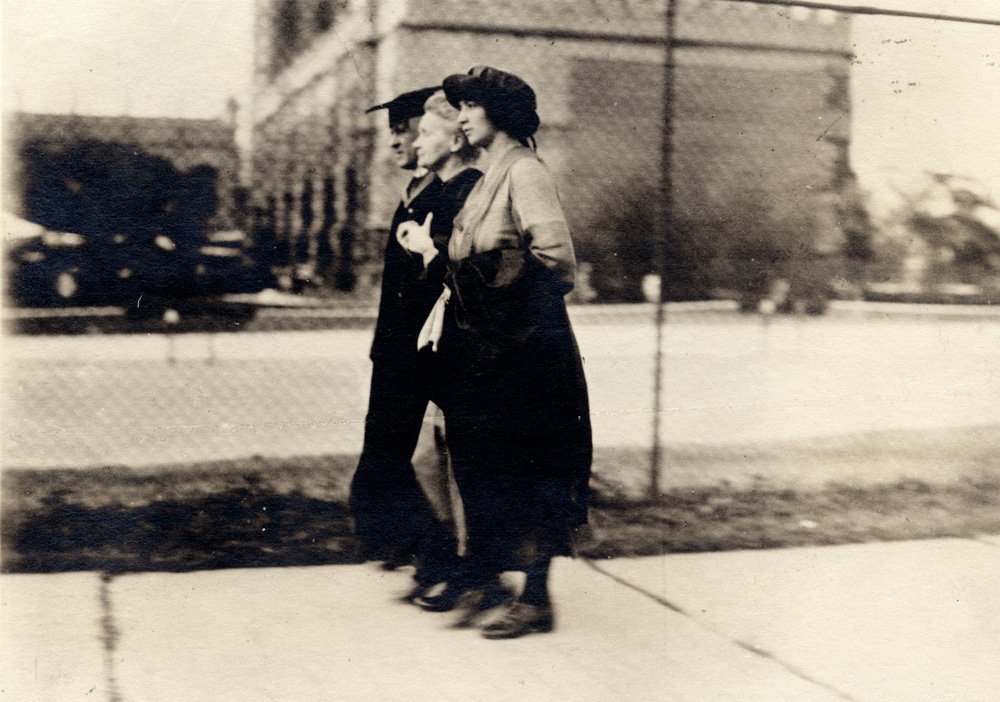
University of Chicago Photographic Archive, apf3-00484, Hanna Holborn Gray Special Collections Research Center, University of Chicago Library.
Marie Sklodowska Curie (center), on the campus of the University of Chicago to receive an honorary Doctor of Science degree, June 14, 1921. She is pictured with one of her daughters (right, Irène or Ève), and an unidentified man (left).
Who was the first winner of the Heisman Trophy?
Jay Berwanger (Class of 1936) was the recipient of the first Heisman Trophy in 1935. In November 1935, Berwanger received a telegram from Manhattan's Downtown Athletic Club, informing him that he had won a trophy for being the "most valuable football player east of the Mississippi." The prize, then known as the Downtown Athletic Club Trophy, was renamed the Heisman Trophy the following year.
Students
How many Chinese scholars were awarded PhDs by the University of Chicago in the early 20th century? Who were they?
The following research paper by Frederic Xiong presents a list of Chinese scholars awarded PhDs at the University of Chicago between 1915 and 1960, as well as descriptions of their lives after graduation: The Untold Stories: The University of Chicago-educated Chinese PhDs of 1915-1960 (PDF).
Faculty
Who emigrated from Europe between 1930 and 1950 and joined the faculty at the University of Chicago?
The following list of European immigrants and refugees at the University of Chicago is based on records and papers in the University Archives, faculty directories, and Laura Fermi’s book, Illustrious Immigrants. For the most part, it is confined to the names of those who left Europe between 1930 and 1950 and joined the faculty either during that period or at some later date. This list is not intended to be definitive, and it may contain errors and omissions. Names are organized by discipline. If the Special Collections Research Center holds the papers of a particular faculty member, a link to the finding aid or the catalog record is provided.
Art
- Ludwig Bachhofer
- Ulrich Middledorf
- Otto von Simpson
Astronomy
- Gerard Kuiper
- Hans Rosenberg
- Bengt Stromgren
- Pol Swings
Chemistry
- Konrad Bloch
Divinity School
- Paul Tillich
- Joachim Wach
Economics
- Tjalling Koopmans
- Jacob Marschak
German
- Arnold Bergsträsser
- Otto Jolles
- H. Stefan Schultz
History
- Hans Baron
- Hans Rothfels
Law
- Friedrich Kessler
- Max Rheinstein
- Hans Zeisel
Mathematics
Medicine
- Stephen Rothman
- Rudolf Schindler
Music
- Otto Gombosi
- Edward Lowinsky
Oriental Institute
- Henri Frankfort
- Ignace Gelb
- Gustav von Grunebaum
- Hans Güterbock
- Thorkild Jacobsen
- Benno Landesberger
- Leo Oppenheim
- Arno Poebl
- Arnold Walther
Philosophy
- Rudolf Carnap
Physics
- Ugo Fano
- Enrico Fermi
- James Franck
- Marcel Schein
- Leo Szilard
- Eugene Wigner
- William Zachariasen
Physiology
- Peiro Foà
Political Science
- Hannah Arendt
- Eduard Benes
- Nathan Leites
- Hans Morgenthau
- Leo Strauss
Psychiatry
- Franz Alexander
- Bruno Bettelheim
- Heinz Kohut
Romance Languages
- Giuseppe Borgese
- Wolfgang Liepe
Zoology
- Paul Weiss
Administration
Who has served as President of the University of Chicago and when?
- William Rainey Harper, 1891-1906
- Harry Pratt Judson, 1907-1923
- Ernest DeWitt Burton, 1923-1925
- Max Mason, 1925-1928
- Robert Maynard Hutchins, 1929-1951
- Lawrence A. Kimpton, 1951-1960
- George W. Beadle, 1961-1968
- Edward H. Levi, 1968-1975
- John T. Wilson, 1975-1978
- Hanna Holburn Gray, 1978-1993
- Hugo Sonnenschein, 1993-2000
- Don Michael Randel, 2000-2006
- Robert J. Zimmer, 2006-2021
Who has served as Provost of the University of Chicago and when?
- Edward H. Levi, 1962-1968
- John T. Wilson, 1969-1975
- D. Gale Johnson, 1975-1980
- Kenneth W. Dam, 1980-1982
- Robert McCormick Adams, 1982-1984
- Norman Bradburn, 1984-1989
- Gerhard Casper, 1989-1992
- Edward Laumann, 1992-1993
- Geoffrey Stone, 1993-2002
- Richard Saller, 2002-2006
- Thomas F. Rosenbaum, 2007-2014
- Eric D. Isaacs, 2014-2016
- Daniel Diermeier, 2016-2020
- Ka Yee C. Lee, 2020-present
